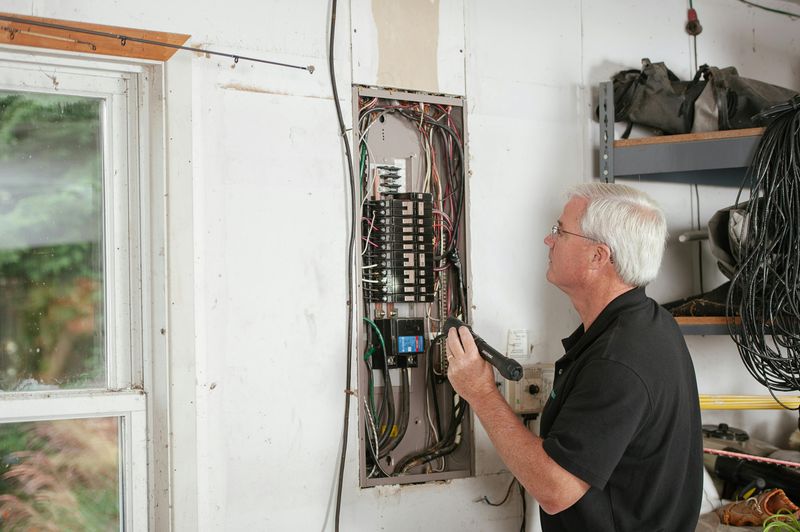9 Expenses That Quietly Drain Your Savings After 50

Reaching your 50s often brings financial surprises that can slowly eat away at your hard-earned savings. Many people focus on the big expenses like housing or healthcare, but overlook smaller costs that add up over time. Understanding these hidden money drains is key to protecting your retirement nest egg and maintaining financial stability in your golden years.
1. Unexpected Healthcare Gaps

Medicare doesn’t cover everything, leaving significant holes in your healthcare safety net. Many are shocked to discover that routine dental work, hearing aids, and vision care often come straight from their own pockets.
These essential services can cost thousands annually without supplemental insurance. A single set of quality hearing aids might set you back $3,000-$7,000, while comprehensive dental work could exceed $5,000 for procedures like implants.
Planning for these expenses before retirement can prevent painful financial surprises when you’re living on a fixed income.
2. Supporting Adult Children

The financial umbilical cord sometimes stretches longer than expected. Many parents in their 50s and beyond find themselves helping adult children with college loans, down payments, or everyday expenses during tough times.
While natural to want to help, this generosity can seriously derail retirement plans. A Merrill Lynch study found parents spend over $500 billion annually supporting adult children – twice what they put into retirement accounts!
Setting clear boundaries around financial assistance protects both your relationship and your financial future.
3. Overlooked Home Maintenance

As homes age, so do their components. Roofing, HVAC systems, and appliances often reach their expiration dates just as owners enter their 50s and 60s. A new roof alone can cost $8,000-$20,000 depending on your home size.
Many homeowners underestimate these expenses or defer maintenance to save money, creating bigger problems down the road. Regular upkeep becomes increasingly important as fixed incomes make large unexpected repairs more difficult to absorb.
Creating a dedicated home maintenance fund can prevent these predictable surprises from derailing your financial security.
4. Rising Property Taxes

Property values typically increase over time, bringing higher property taxes along for the ride. Many retirees find themselves house-rich but cash-poor, struggling with tax bills that grow faster than their fixed incomes.
A home purchased decades ago might now sit in a highly-valued neighborhood with corresponding tax assessments. Some seniors face annual increases of 3-10% depending on local markets and regulations.
Research tax relief programs for seniors in your area – many states offer exemptions, deferrals, or caps specifically designed to help older homeowners manage this growing burden.
5. Travel Inflation

Freedom to travel ranks among the most anticipated retirement perks, but costs can quickly spiral beyond expectations. Many new retirees underestimate travel expenses, especially when factoring in comfort upgrades that become more important with age.
Premium seating, travel insurance, and accessibility accommodations add substantial costs to each trip. Health considerations might also require more expensive transportation options or accommodations with specific amenities.
Creating a dedicated travel budget separate from regular retirement expenses helps contain costs while still enjoying new experiences.
6. Premature Downsizing Costs

Moving to a smaller home seems financially smart on paper, but the process comes with hidden expenses. Realtor commissions, moving costs, and new furnishings can easily consume 10% or more of your home sale proceeds.
Many downsizers face unexpected challenges when favorite furniture doesn’t fit new spaces. Emotional costs also take a toll when leaving long-time neighborhoods and support networks.
Careful financial analysis before making the move ensures downsizing actually delivers the expected savings rather than creating a costly transition with minimal financial benefit.
7. Grandchildren Expenses

Grandparenting brings immeasurable joy – and unexpected expenses. Birthday gifts, holiday presents, and special outings add up quickly, especially with multiple grandchildren.
College savings contributions, while generous, can significantly impact retirement budgets if not carefully planned. A Fidelity study found grandparents contribute an average of $6,000 annually toward grandchildren’s college funds, often at the expense of their own financial security.
Setting reasonable spending limits for grandchildren prevents generosity from undermining your long-term financial stability, ensuring you remain financially independent rather than becoming a burden later.
8. Subscription Creep

Monthly subscriptions have multiplied beyond magazines and cable TV. Streaming services, meal kits, digital storage, and membership programs create a steady drip of expenses that often goes unnoticed.
The average American spends over $200 monthly on subscriptions, with many unaware of exactly what they’re paying for. On fixed retirement incomes, these seemingly small charges represent a significant percentage of monthly cash flow.
Regular subscription audits help identify and eliminate unused services that silently drain retirement savings, freeing up resources for more meaningful experiences.
9. Unexpected Vehicle Replacement

Transportation needs evolve with age, often requiring vehicle replacements or modifications just when income becomes fixed. Many retirees find themselves needing new cars when older vehicles become unreliable or no longer meet changing physical needs.
Vehicle prices have increased dramatically, with even modest models now costing $25,000-$35,000. Accessibility features like higher seats, easier entry/exit, and advanced safety systems add premium costs to senior-friendly vehicles.
Building vehicle replacement into retirement planning helps avoid financing costs that can strain fixed budgets for years.

Comments
Loading…